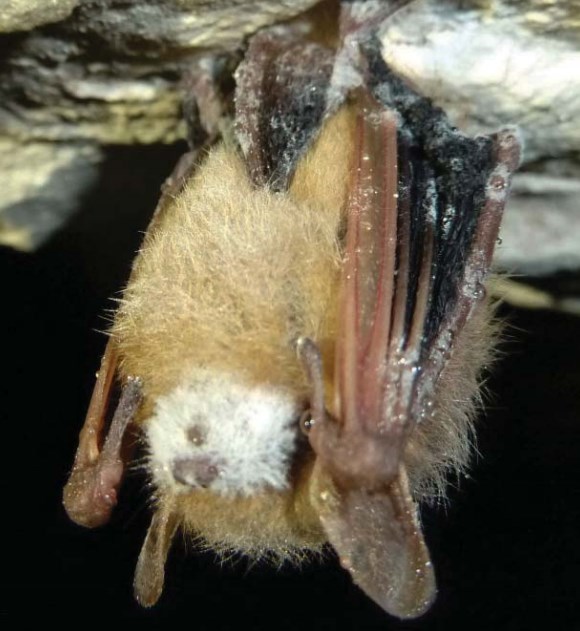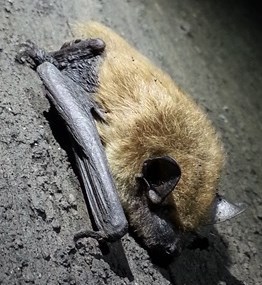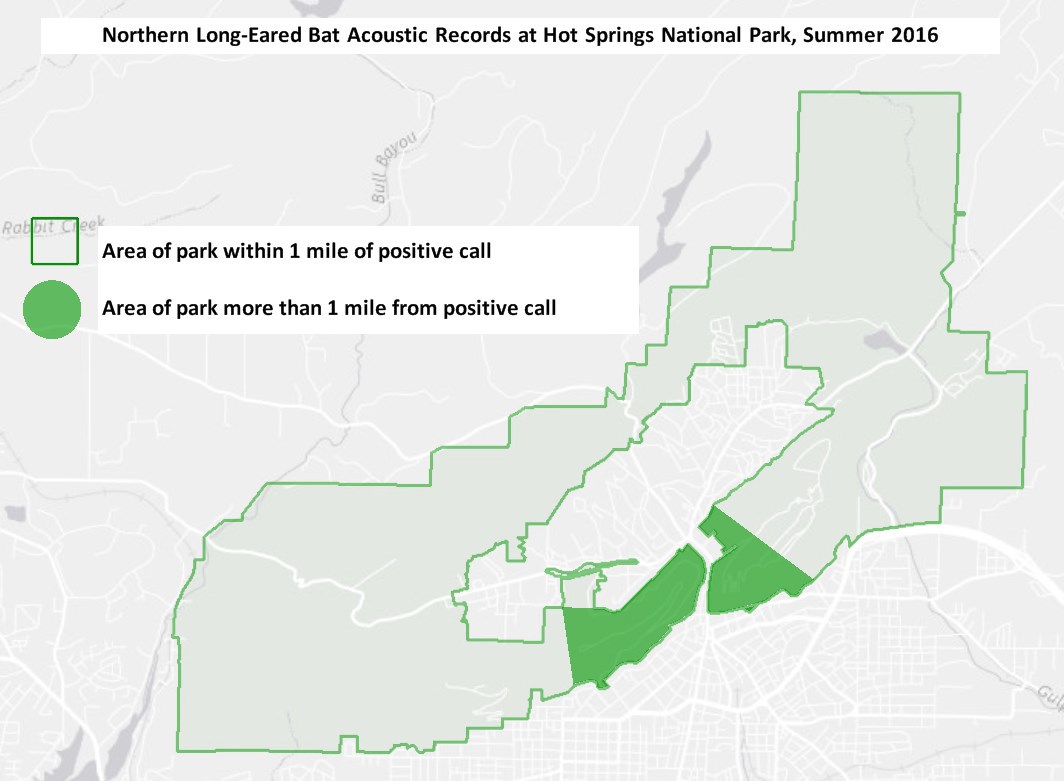Last updated: October 16, 2017
Article
Bat Projects in Parks: Hot Springs National Park
Summary
Acoustic Monitoring, Resource Management, Interpretation and Education
PI: Shelley Todd
This funding allowed for more informed natural resource management and an improved compliance process with the identification of a threatened species never before documented in the park, established a baseline of presence/absence data for bat species throughout the park, and increased awareness about WNS among park staff, partners, and visitors.

NPS Photo.
Acoustic Monitoring of Bat Communities at Hot Springs National Park
White-nose Syndrome
White-nose syndrome (WNS), a disease that kills hibernating bats, has spread rapidly across the United States since its first discovery in New York in 2007. First confirmed in Arkansas in 2013, the fungus that causes WNS is now known to occur in Garland County, approximately 6 miles from the boundary of Hot Springs National Park. To date, no confirmed cases of bats infected with WNS have occurred in the county or the national park.Named for the appearance of the most visible symptom - white fungus on the muzzle of bats - the syndrome is caused by a newly identified fungus, Pseudogymnoascus destrictan (Pd), The fungus thrives in humid and cool conditions of caves many bat use for hibernation and roosting, passing most often from bat to bat. The most recent estimates place the population decline of bat because of WNS at 80% in the northeastern United States.
Three species known to occur in the national par have been identified as susceptible to WNS - the Little Brown Bat, Big Brown Bat, and Tricolored Bat. The federally threatened Northern Long-eared Bat (NLEB), whose range makes it likely to occur within the national park boundaries, is also susceptible to the Pd fungus. The NLEB, listed as threatened in 2015, has declined in population by 98% in the northeastern United States due to the impacts of WNS. The syndrome is also now present within the ranges of at least four ensnared bat species.

NPS Photo.
Bats of Hot Springs
Studies of bats at Hot Springs National Park have been limited in scope and rare in recent years. In two studies from the 1980s, the national park learned that the Eastern Red Bat (Lasiurus borealis), Evening bat (Nycticeius humeralis), Tricolored Bat (Perimyotis subflavus), Little Brown Bat (Myotis lucifugus), Hoary Bat (Lasiurus cinereus), Brazilian Free-tailed Bat (Tadarida brasiliensis), and the Big Brown Bar (Eptesicus fuscus) occurred in the national park. 320 bats were captured and identified between 1981 and 1987. The most common species collected (44% of all captures) was the Evening Bat.
Prior to 2016, no previous record of the Northern Long-eared Bat (Myotis septentrionalis) existed within national park boundaries, but the species had been record on adjacent US Forest Service (USFS) lands. The NLEB hibernates in caves and mines during the winter and prefers constant temperatures and high humidity environments with little or no air current.

Courtesy of Hot Springs National Park
Acoustic Monitoring
Acoustic monitoring was conducted according to guidelines published by the US Fish and Wildlife Service, and included the active and passive monitoring of approximately 4,800 acres (86% of the total area of Hot Springs National Park). Suitable habitat was divided into 39 areas, and ultrasonic microphones and data recorders were used at two sites within each area for passive monitoring. The study also included hundreds of additional locations of active monitoring.
The resulting recorded throughout May, June, July, and August 2016, resulting in a database of species know to occur and their most likely locations of habitat usage. This helps national park managers make decisions about actions that might impact bats in those areas, such as prescribed fire and invasive vegetation management.
In addition to the previously known species, more than 100 Northern Long-eared Bat calls were record within national park boundaries. Now that this federally threatened species has been identified in the national park, the next steps include population and disease studies to determine how many of these bats are present, where they hibernate, where they roost and raise young, and whether they show any signs of white nose syndrome.
